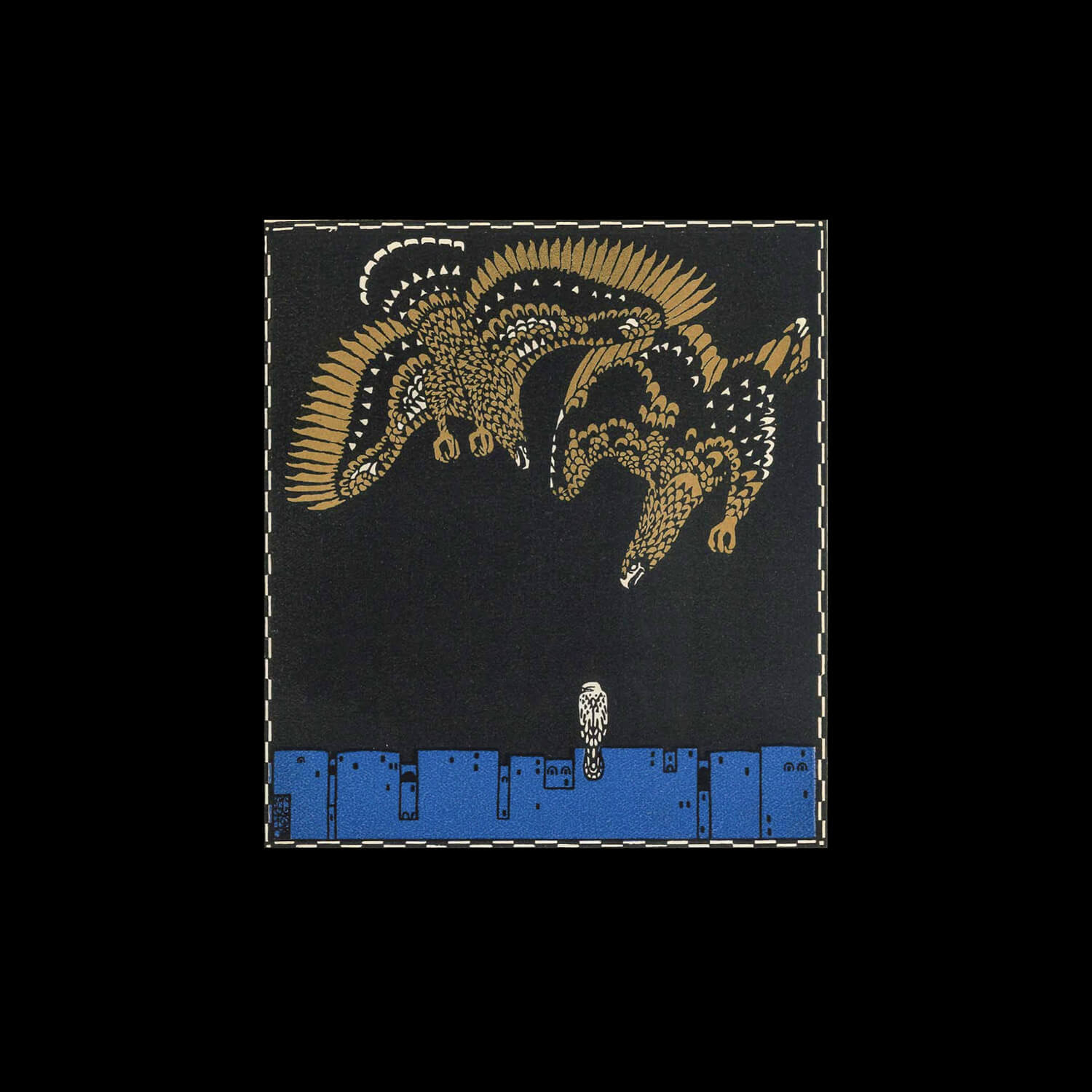FMR 2022 / 124 PAGES.






No.4
Issue Four of FMR arrives with the winter solstice and has a cascade of light flaming on the cover: it opens with a piece by Nobel Prize winner Orhan Pamuk, which brings Dayanita Singh’s photograph to the pages of FMR, then continues with the cycle by Vittorio Zecchin The Thousand and One Nights, from the early twentieth century like The Nibelungs.
A similar dialogue affects two other centuries, the sixteenth and eighteenth, which are shown to the reader under two facets each. Antonio Filipe Pimentel describes the history of the cenotaphs erected in the sixteenth century at the Escorial, while a manuscript with adventurous events takes us to the eastern lands colonized by Europeans in that century; Andrew Graham-Dixon draws a penetrating portrait of Stubbs as a portraitist of horses in eighteenth-century England, while Benedetta Craveri offers an elegant narrative of a love story in pre-revolutionary France that unfolded through the arts.A similar dialogue affects two other centuries, the sixteenth and eighteenth, which are shown to the reader under two facets each. Antonio Filipe Pimentel describes the history of the cenotaphs erected in the sixteenth century at the Escorial, while a manuscript with adventurous events takes us to the eastern lands colonized by Europeans in that century; Andrew Graham-Dixon draws a penetrating portrait of Stubbs as a portraitist of horses in eighteenth-century England, while Benedetta Craveri offers an elegant narrative of a love story in pre-revolutionary France that unfolded through the arts.
Text by Pietro Mercogliano

